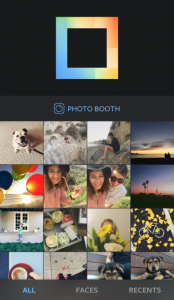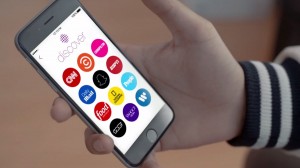Third-Party Apps Now Able to Enhance Facebook Messenger
In Social Bookmarking, Social Media, Social Media News Brief, Social Networking, Web 2.0 | No comment
Facebook Messenger is used by more than 500 million people, so it’s no surprise that Facebook has made it their goal to make Messenger more useful. By opening up Messenger to third-party app creators, the possibilities are limitless. Since Facebook recently allowed friend-to-friend payments to be made in Messenger, it’s likely that there are a lot of interesting ways that Messenger can be expanded for commerce, with businesses potentially making it easier to purchase goods and services through their Messenger app.
The first third-party apps that have launched for Messenger have been simple sticker apps, as well as some small ones for audio and video clips. However, there are plenty of potential options for the future. People could send animated GIFs to their friends, have their messages sung out loud to them, play games, or make purchases all through the same Messenger app. Since the transformation is so recent, the sky is still the limit for what could come from Facebook Messenger’s evolution into a full-fledged platform.










